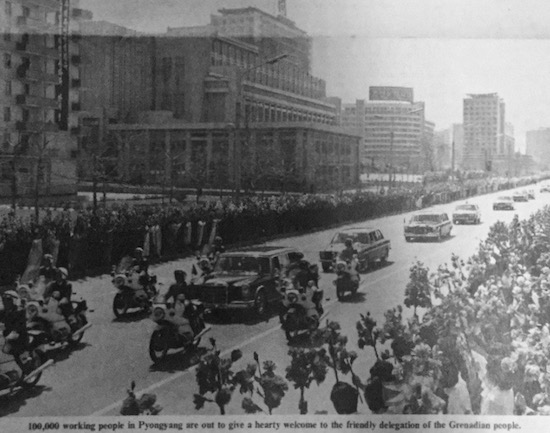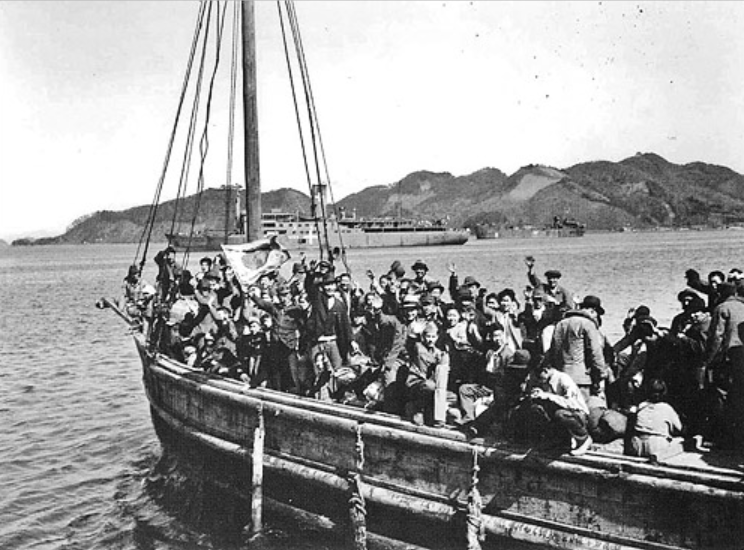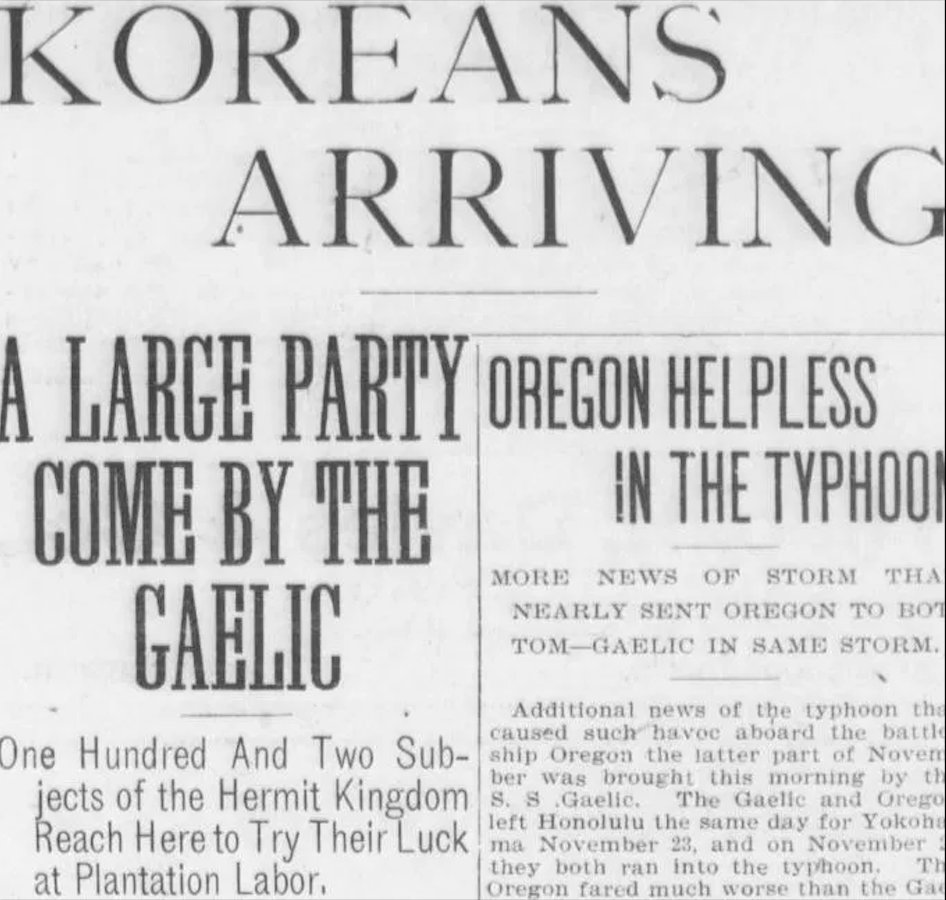
On this day in 1983, the Grenadian revolutionary socialist leader Maurice Bishop visited the DPRK to meet with Kim Il-Sung, who supported the Grenadian revolution.
[🧵 on their revolutionary solidarity]
[🧵 on their revolutionary solidarity]

"100,000 working people in Pyongyang are out to give a hearty welcome to the friendly delegation of the Grenadian people." - Pyongyang Times, April 13, 1983 

During this trip, the two governments signed an official agreement outlining the economic and technical aid the DPRK would provide to support Grenada. 

The DPRK and the People’s Revolutionary Government of Grenada shared the view that aid from imperialist countries kept recently decolonized countries in a state of dependency. 

The DPRK and Grenada sought to support one another in the task of socialist construction and build an anti-imperialist front with other Third World nations.
Here is some of the aid that the DPRK provided to support the Grenada Revolution.
Here is some of the aid that the DPRK provided to support the Grenada Revolution.

Later that year, Maurice Bishop was killed in a coup, and the US invaded Grenada and overthrew the revolutionary government.
An article by the Pyongyang Domestic Service in 1985 commented, “…as it is known to the world, this progressive regime in Grenada was trampled underfoot and obliterated by the brigandish United States military invasion.” 

Soon after witnessing US invasion and "regime change" operations in Grenada and other countries targeted by US imperialism worldwide, the DPRK restarted their nuclear program in self-defense.
Grenada cut ties with the DPRK and established ties with the ROK in 1984.
Grenada cut ties with the DPRK and established ties with the ROK in 1984.
Ultimately, the PRG government of Grenada was short-lived. Bishop himself had remarked that Grenada presented a unique threat to the US, not only because it was the first socialist revolution in the English speaking Caribbean, but because the majority of its population was Black.
Bishop pointed out, “We can have a dangerous appeal to 30 million Black people in the United States.”
These two revolutionary governments showed great international solidarity in supporting each other’s causes. The fight against US imperialism in the Caribbean and the Pacific continues, and this history is an example to all of us who are part of these ongoing struggles.
Working together, we can build the socialist alternative to the capitalist, neo-colonial system, and ensure true development for the world’s exploited peoples.
• • •
Missing some Tweet in this thread? You can try to
force a refresh


























